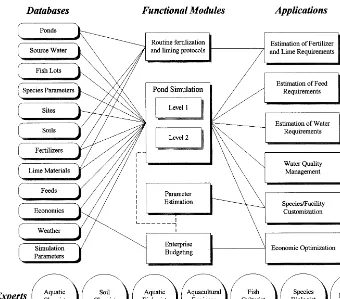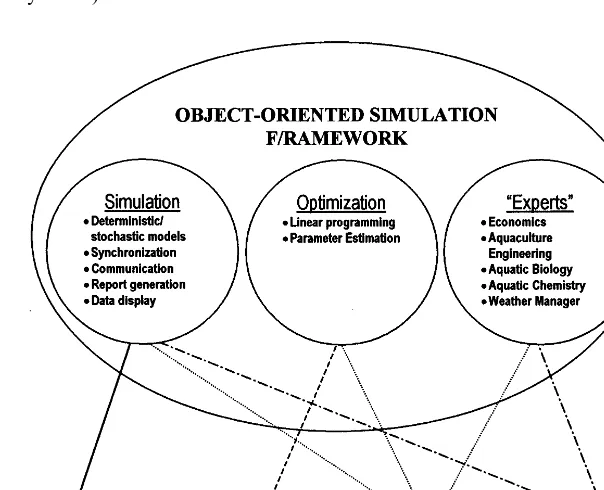Directory UMM :Data Elmu:jurnal:A:Aquacultural Engineering:Vol23.Issue1-3.Sept2000:
Teks penuh
Gambar



Dokumen terkait
The poorer It was suggested by Petherick (1983) that be- performance of pigs with both a lower or an upper havioural and performance indicators of stress at- interquartile start
A Geographic Information System (GIS)-based approach for identifying appropriate sites for aquaculture grow-out, derived from the work on hard clam ( Mercenaria spp.) aquaculture
Expert systems (Padala and Zilber, 1991), fuzzy logic controllers (Turk et al., 1997; Lea et al., 1998) and a hybrid neural fuzzy system (Whitsell et al., 1997) have been used
The preliminary expert system design for controlling water pump rate (i.e. column residence time) and methanol injection rate (i.e. carbon feed rate) was then implemented
Based on fish feed and metabolic loading, facility water transport and treatment systems are constructed to provide fish rearing units with required water flow rates and water
The problem domain (fish disease) has it’s own problems, the major one being that there is no accepted database of cases like there is in other medical fields.. This precludes the
Using mass balance analysis a designer can estimate the flow requirements from the culture tank to water treatment components in order to control the build-up of waste
Three dimensions of social survey research are important to our analysis of the Navajo docu- ments. The ®rst is the emphasis on the principles of science. The second is the